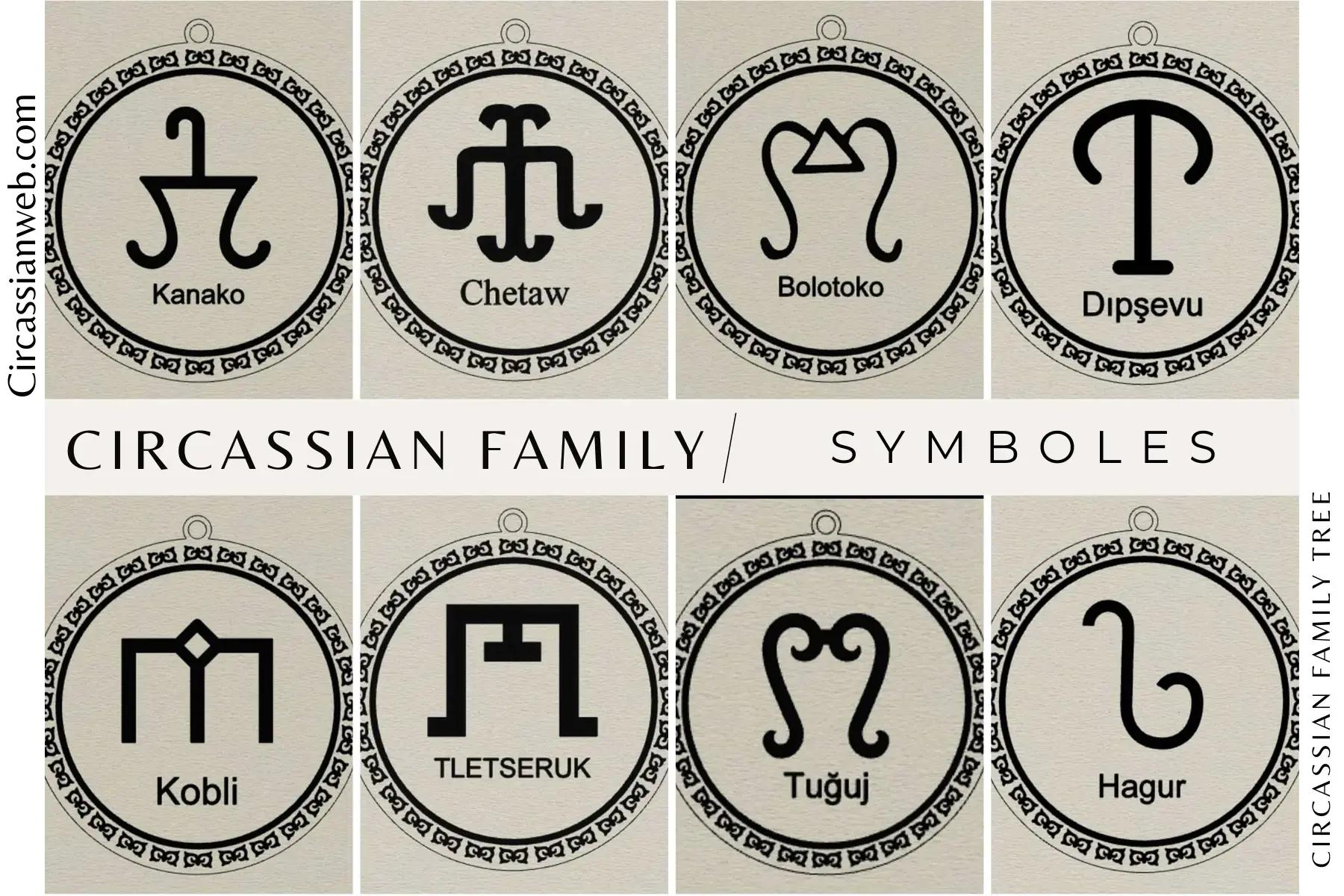Circassian New Year | 6231 | Адыгэ ИлъэсыкӀэ
During the revival of nature, the spirits first return to the air, then water and lastly, to the earth, with a week in between each. It is celebrated in the Spring Equinox the day that the spirits return to the earth, in the name of Sozeresh, besides Tkhashkho. It is accepted as the end of Winter and the beginning of Summer in the Circassian Solar calendar. It is both a familial and communal holiday.
His idol, the seven-branched hawthorn was kept in the granaries of the homesteads. On the evening of the day before the Vernal Equinox, the members approach the granary. The daughter-in-law of the household would enter the granary and lock the door. She would then light the seven candles affixed on the branches of the idol, herself facing east. The senior male member of the house would call out to the Golden Rider: “Sozeresh, open the doors and let us in!” She would then go in and fetch the idol, open the doors and bring it in front of the family hearth with cheer and music from the others. It would be placed erect, its seven branches adorned with seven candles and a wheel of smoked Circassian cheese attached in the centre. The members of the household then would join hands around the idol and the matron of the family or the eldest daughter would make the prayer:
Sozeresh!
We thank you for the harvest of the Summer,
We beseech you to give us bountiful harvest in the future,
We beseech you, Sozeresh,
To protect our harvest from theft and our barn from fire!
The next ritual is called Masch’oshkhatykh (МашӀошхьэтыхь) “The Hearth Sacrifice”, which is held in each and every household simultaneously right after the extraction of the Sozeresh’s idol. The feasting began after the immolation of a black cow or black ram or black hen depending on the wealth of the family in the consecrated hearth, after which the Tkhamade would line up along with the members of the household by the hearth and voice the prayer and raises a toast, concluding the ritual:
With lasting fire in our hearth,
And well-lit and hot stoves,
Lacking no victuals to boil,
Nor crops to cook,
May Tkhashkho see us through next year!
The next phase is the feast, during which all sorts of food and drink are served throughout the night, and games are played to pass the time. This is to prevent oneself from falling asleep, for it is an ill omen and bad luck to slumber during this auspicious night. Before dawn, all able-bodied attendants would go to a nearby body of water such as a river or a stream and wash, no matter how cold the water may be, hardening their bodies and tempering their souls.
After coming out of the water, drying and warming themselves, people would gather in the sacred grove. They would tie colourful ribbons on the branches of the elder oak, naming their wish with the tightening of the knot. At dawn, everyone would face the east and greet the sun. The Tkhamade, with a bowl of bakhsym in one hand and a cheese pie in the other, would make a prayer:
O’ New Year’s light,
Enter out homes bringing happiness and goodness with you!
May disease and misfortune bypass us
A peaceful sky shine over us,
And our hearth be full of food,
And everything that your heart desires is in our hands!
Let's say “Amin” so that the coming year will be happy for all of us!
Throughout the following two days after the day of Vernal Equinox, relatives and neighbours would begin visiting one another to vocalise their wishes for them. The visitors would not recite the cliche wishes such as health, abundance, wealth, et cetera but directly name things that the members of the household lack and very much like to have. This was done by first asking for the thing or things from the host that they know they don’t have, to which the host replies saying that they would have never refused to serve the things that they ask for had they had them in the first place, and so the guests express their wishes.
Khurome (Хъуромэ) is an originally pagan holiday practise, later adapted into Christianity and celebrated on the 7th of January as the Orthodox Christmas. It seems as though Khurome normally was a continuation of the New Year celebrations, done during the second and/or third day of the three-day holiday, in which elders would parade the settlement, announcing their toasts, while the young collect food from doors while singing praises and wishes of abundance and health.
Households would donate their food generously, as the deed would soothe the troubled souls of the deceased, also because the year to come would be exiguous for the stingy. After the completion of these parades, the groups would convene in a designated place to cook and eat the food.
At the end of the three days, the idol of Sozeresh would then be taken back to the granary, where it would rest until the next year’s celebrations.
The day after, adults would begin a fast that lasts for forty-eight days, abstaining from meat and eggs.
Source: Khabzist Paganism © 2023 Forge of Tlepsh Digital Art Workshop






















